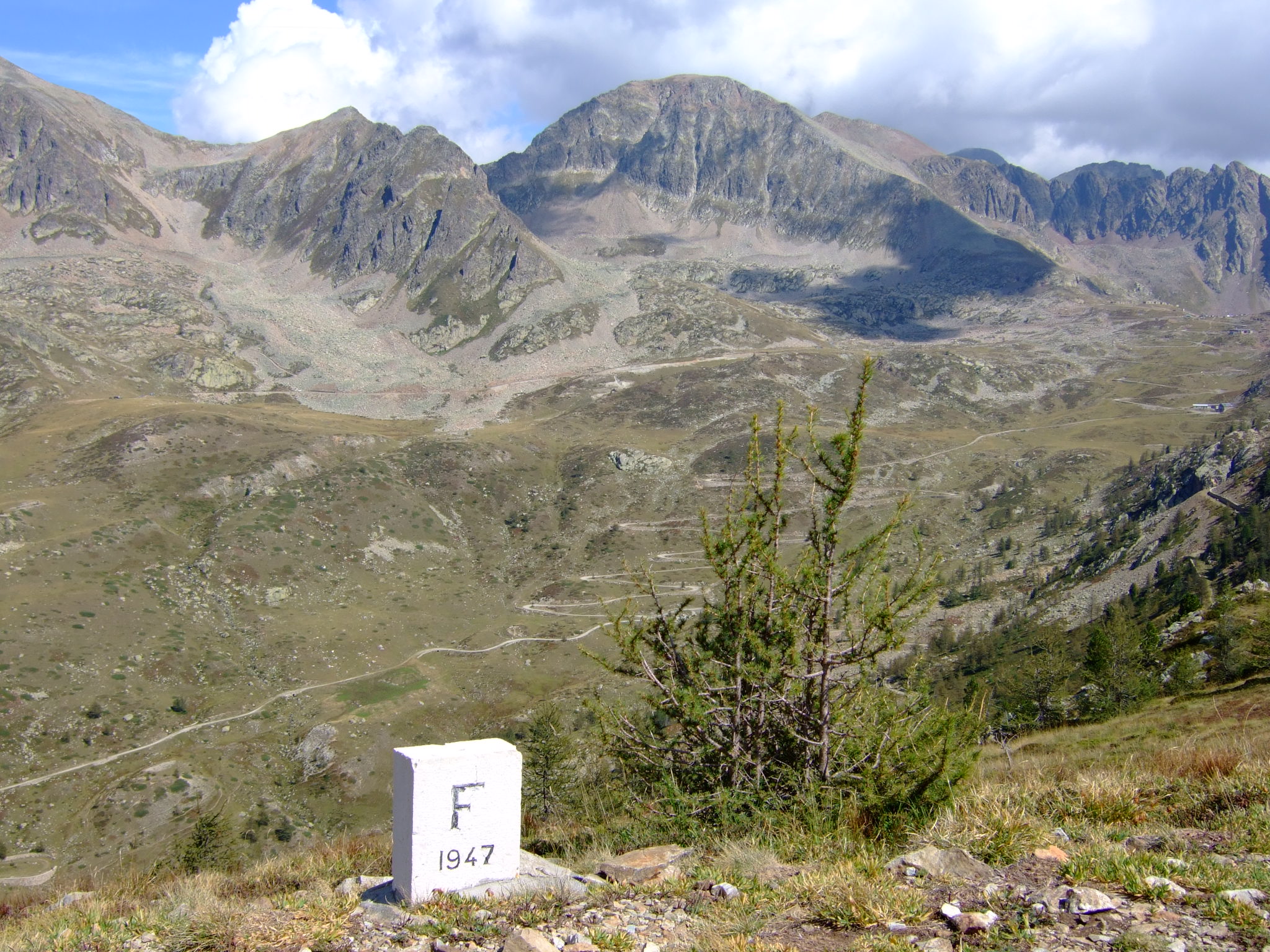Charles Clifford Norden
WO 208/3324/6
Before the war, Charles Clifford Norden (born in 1917) was a shipyard worker in Durham. He was captured with his entire battalion, the 9th Durham Light Infantry, in Libya on 29 June 1942. After a brief stay in the Libyan camps, of which he did not say much afterwards, he was moved to PG 82, Laterina, on 6 August 1942. He was kept in the camp for about one year, until July 1943. After that date, he was assigned to a work detachment of PG 82, but unfortunately we have no information as to which one it was.
Norden’s escape was made with little difficulty. As the Armistice was announced on 8 September 1943, the guards left the camp, and the prisoners were «able to leave the camp unmolested».
Norden, with an unnamed PoW, left the work camp during the morning of 11 September 1943, skirting around the village of Borgo San Lorenzo. Soon enough, they were taken in by a family of farmers living nearby, who provided them with civilian clothes. At the end of the month, they left, heading south. Their journey took them through Arezzo, Cortona, Perugia, Macerata and Ascoli. Here, they «met an Italian officer who advised us to go to S. Benedetto del Tronto where, he said, it would be possible to get away by boat». However, once they reached the town, they discovered that the escape had already taken place.
Nonetheless, the two escapees did not despair and joined a larger group of former PoWs (ten in total) heading south. Together, they marched through the villages of Bellante and Cellino. However, they were forced to split, as they «ran into some Germans, but managed to run off and escape». Norden and his unnamed companions were alone once again.
We returned to Montalto [delle] Marc[h]e where we received shelter for a month from a farmer. We left at the end of Jan[uary] ’44, and, passing through Terni, we finally reached a village near Rome called Monte Bono (sic.) about the end of Feb[ruary]. Here, an Italian gave us boots and clothing through the Vatican Red Cross Association. We continued on to Tivoli, where we met some more P/W, who told us it was impossible to go further South.
Therefore, the two decided to go back all the way to Macerata, crossing the Apennines once again. In Macerata, they met with a group of partisans, who told them that there was a plan underway to evacuate via boat a group of escaped PoWs and the crew of a downed Halifax bomber.
However, their hopes were frustrated once again as the Germans reinforced their surveillance of the area, and the group of escapees was forced to disperse. Norden, with Private Williams and an unnamed soldier, decided to head north, hoping to cross the French border. We do not know much about their journey. The group passed through Cingoli, Città di Castello, and finally, Bibbiano, where they were discovered by the Germans. Norden managed to escape in the ensuing confusion, but his two companions were probably captured.
Alone and without a guide, Norden wandered through the villages of central Italy. He passed through Vecchio, Borgo San Lorenzo, and Pistoia in Tuscany and reached Sestola (Emilia-Romagna) in June 1944. At the end of the month, he was in Vinadio (Como), very close to the Franco-Italian border. Norden does not explain how he managed to reach the western part of Piedmont. However, it is likely he had some contacts with the partisans in the Modena area, who probably instructed him on how to proceed. Once in Vinadio, however, Norden did not cross the border immediately:
I joined up with the Partisans and took part in all their activities, mostly doing sabotage work. About 10 Aug[ust] I met an English parachutist who told me to stop where I was for the time being. Two days later two German Divisions arrived in the neighbourhood. After a few skirmishes the partisans group broke up and we were all disbanded. For the next five days I hid in some woods. Then I heard of the Allied landing in the South of France and decided to make my way there.
Norden, guided by an Italian, ran again into the English parachutist (most likely someone working for the SAS or the SOE), who instructed him to cross the border and contact a British Major in Puget-Théniers.
The two managed to reach France on 20 August 1944 and arrived in the village of Saint Souveur, where they met with some French partisans. They brought Norden to Puget-Théniers, where he met with the unnamed British officer. «During the next three weeks, I accompanied him on his journeys through the countryside». Evidently, the Major was also involved in some partisan or sabotage activity behind enemy lines.
Finally, Norden entered Nice on 28 August 1944, as the city was liberated. He then continued to Avignon, Lyon, and finally, Paris, from where he was sent to the United Kingdom. He arrived in his home country on 1 October 1944, two and a half years after his capture. During his escape, he was helped by the local population, joined the Resistance and, most likely, was involved in the Allied efforts to support the European partisan movement.

Camps related to this story
Sources
TNA WO 208/3324/6, Norden, C C. Escape/Evasion Reports: Code MI9/SPG: 2618
